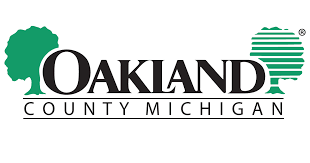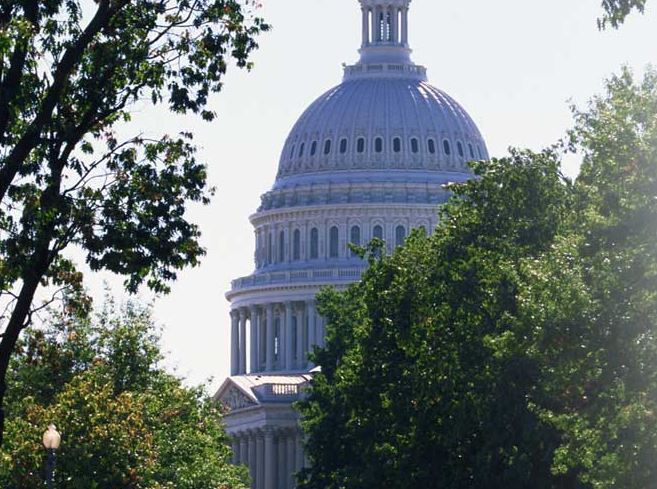
Michigan Receives Additional $35.1 Million to Help Households Pay Energy Costs
Michigan Receives Additional $35.1 Million to Help Struggling Households Pay Energy Costs
The State of Michigan has been awarded more than $35 million in additional federal funding to help vulnerable households struggling to afford utility bills during the COVID-19 pandemic, as radio broadcasters across the state air public service announcements alerting Michiganders to the assistance available to those in need.
The U.S. Department of Health and Human Services recently announced it was releasing $900 million in supplemental funding for the Low-Income Home Energy Assistance Program (LIHEAP) for federal Fiscal Year 2020 from the CARES Act. Michigan’s share of the funding was $35,130,421.
The funding is in addition to the more than $162 million in regular LIHEAP funding provided to Michigan for this fiscal year. The additional funding will be used for crisis assistance to help struggling households pay part of their energy costs.
The LIHEAP funding increase comes as 84 radio stations across Michigan have agreed to air a public service announcement throughout May. Created by Consumers Energy and DTE Energy in consultation with the Michigan Public Service Commission, the ad lets Michiganders know that if they’re struggling, they can contact their energy providers for flexible payment plans and other assistance, and call 211 or go to www.mi211.org for help with energy bills and other needs. The PSA is available here.
The MPSC, Michigan Department of Health and Human Service (MDHHS) and Gov. Gretchen Whitmer have taken steps to ensure Michiganders impacted by layoffs or drops in income related to the pandemic can maintain energy service at their homes. Energy providers across the state have agreed to pause shutoffs for low-income and senior residential customers until the emergency is lifted and to provide flexible payment options. Customers in financial trouble during the pandemic can find additional information here.
MPSC Chairman Sally Talberg urged utility customers who are struggling to reach out right away to their energy providers to seek help.
“Utilities have special protections because of the extraordinary circumstances of the pandemic, but customers need to reach out and apply for utility assistance while it’s available,” Talberg said. “We want to make sure that people who need help receive it during this crisis.”
Lewis Roubal, senior deputy director for opportunity at MDHHS, said the state has several options to help people who are struggling to pay utility bills.
“Many Michiganders are more vulnerable as a result of the impact that COVID-19 has had on the economy,” he said. “MDHHS is working hard during the pandemic to expand public assistance benefits and provide easier access to financial help for residents who are struggling to pay their bills. The additional LIHEAP funding allows us to help more people who need assistance.”
Anyone facing financial distress because of COVID-19 is urged to:
- Contact your utility or propane supplier to ask what kind of protections, funding, flexible payment options, or energy saving tools and resources are available.
- Call 211 or go to www.mi211.org for information about getting help paying your utility bill or how to contact agencies that may assist you with your energy bill.
- Apply for State Emergency Relief (SER) directly through the MI Bridges program for bill payment assistance if you are in jeopardy of losing heat or electric services, have already had service shut off, or are in need of a deliverable fuel, or call 855-275-6424. You can also get assistance with the application process by calling 211 to be referred to a MEAP grantee that can help.
- Apply for a Home Heating Credit. Visit the Michigan Department of Treasury’s website to see if you qualify. Even though this funding is distributed by the Department of Treasury, you do not need to file taxes or wait for a tax return to receive this credit, so apply now if you are eligible. For more information, read the MPSC’s Home Heating Credit consumer tip.
For information about the MPSC, visit www.Michigan.gov/MPSC, sign up for one of its listservs, or follow the Commission on Twitter.
Information around this outbreak is changing rapidly. The latest information is available at Michigan.gov/Coronavirus and CDC.gov/Coronavirus.





